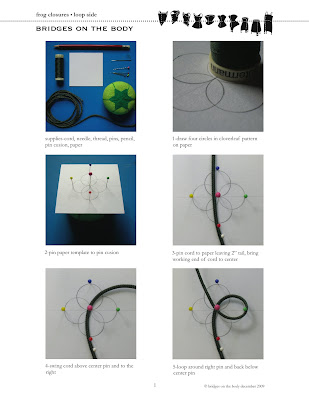
In the picture it looks like just a loose layer of dust that can be brushed off, but there is ground in grime across the entire front of the corset. So, cleaning. The section about cleaning in my 1921 copy of Corsets and Close Fitting Patterns published by the Women's Institute of Domestic Arts & Sciences says to lay the corset on a clean table or in a wash tub and scrub with a brush and hot soap suds. After scrubbing it should be rinsed several times then pulled and stretched lengthwise to remove wrinkles. It should then be hung in the sun and when almost dry it should be worn for a few minutes to to stretch it to the correct shape. Then rehung to dry completely.
I like the technique of putting the corset on when damp to give it the correct shape. But scrubbing? I'm nervous about scrubbing the corset. Maybe sponging would be better. I'd given this corset a light wash before, but now it needs a real cleaning. If anyone has any tips that can help I would love to hear them, otherwise I'll just wait until there is a sunny day and get to work.





















































